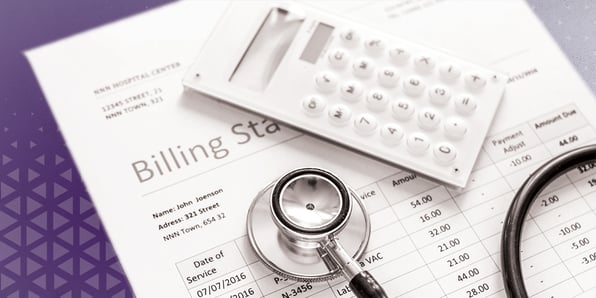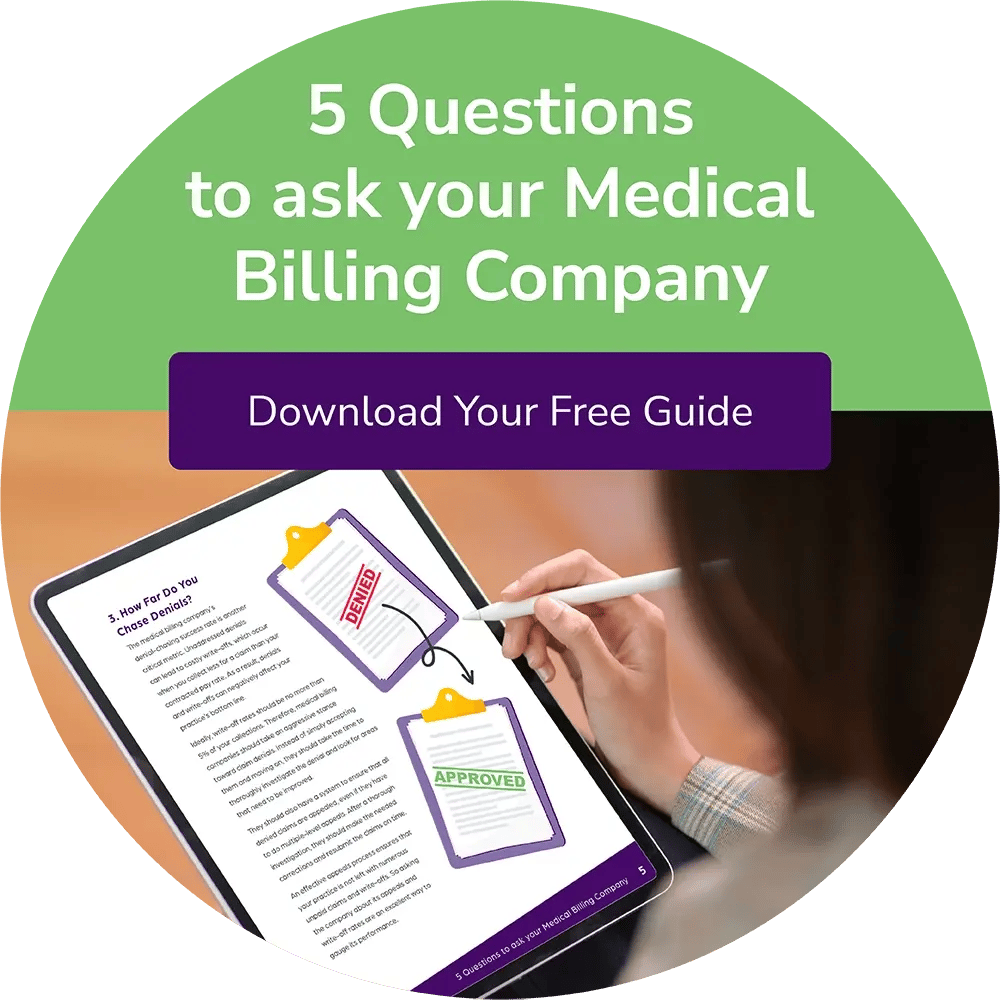10 ways to streamline your medical billing

Revenue cycle management (RCM) is the most important part of healthcare practice. One aspect of RCM is medical billing — submitting and following up on claims with health insurance companies to receive reimbursement for services rendered. Medical billing ensures that you and your staff get paid for your services correctly and on time. Therefore, streamlining your medical billing processes is vitally important for the financial health of your practice.
How can you do so effectively? Read on to find out 10 simple methods.
Efficient medical billing is crucial and beneficial to you, your practice, and your staff. You can implement the following ten tips immediately to improve your billing processes.
1. Implement Fee Schedules
Implementing fee schedules makes it easier to set service prices- and ensure you get paid in full. Predefined fees allow you to quickly set a price for services without negotiating with each insurance company or patient.
2. Utilize Electronic Claims Submission
With electronic claims submission, you can submit claims directly to the insurance company through an electronic system. Thus, it streamlines the medical billing process in several ways:
- Allows you to receive payment faster
- Increase accuracy
- Decrease claim denials
- Reduces paperwork, staff time, and overhead costs
- Allows you to track claim status
3. Automate Key Billing Functions
Automation can take the pressure of the billing process off your administrative staff, increase accuracy, decrease errors, and reduce payment processing turnaround time. Instead of spending time on repetitive billing tasks, your staff can use their time in other important areas of the practice.
So consider utilizing automation software for important billing functions. For example, automated claims processing leverages electronic health records (EHR) and billing software to automate claim data collection and submission. Automated payment posting automatically posts payments to patient accounts, reducing the need for manual data entry.
4. Keep All Relevant Patient Data Current
Having up-to-date patient information on hand makes it easier to verify insurance coverage, create medical bills, and send them to the appropriate party in a timely manner. It also reduces the chance of missed payments, incorrect or incomplete billing data, and the need for manual corrections.
5. Utilize Online Payment Tools
Leveraging online payment tools allows your patients to pay their bills electronically.
- Maintain accurate patient billing records
- Receive prompt payment from insurance companies
- Determine where errors in coding or documentation
Thus, you can dramatically reduce billing backlogs and improve your overall financial performance
6. Submit Claims Everyday
Submitting claims everyday will ensure that you don’t get a backlog of claims which will reduce errors and delays.
This will also establish a cadence where if a claim gets denied, you will be able to see it sooner rather than later.
7. Chase Delinquent Claims
Chasing delinquent claims reduces the amount of time it takes to collect payments, allowing you to identify issues causing the delay and take action to resolve them. Creating a structured, proactive approach can significantly reduce the number of unpaid claims and decrease administrative costs.
8. Incorporate Patient Portals into Your Billing Process
Patient portals provide a secure channel for patients to view and pay their bills online, reducing manual data entry and phone calls from patients about their bill status or balance due amounts.
9. Train Your Staff
Training administrative staff ensures they have the necessary skills and knowledge to complete medical billing tasks efficiently, accurately, and promptly. It's ideal to have a staff expert in RCM and medical billing to ensure the best results.
10. Consider Outsourced Medical Billing
Finally, you may benefit from outsourcing medical billing to an expert third party. Outsourcing partners offer experienced staff and software systems to streamline revenue cycle processes, such as:
- Verifying insurance coverage
- Processing claims
- Following up on denials and unpaid claims
This can significantly reduce administrative workloads, ensure accuracy and compliance with regulations, and allow you to receive payment promptly.
Blog Post Tags
RCMGet Awesome Content Delivered Straight to Your Inbox!
Posts by topic
- RCM
- Medical Billing Software
- Outsource Your Medical Billing
- Compliance
- Physician Billing Services
- Denial Management
- AI
- Data Analytics
- EHR
- ERA
- reporting
- Automation
- Business
- Claim Scrubbing
- Coding
- Community
- Events
- LTPAC
- Medical Billing Companies
- Medicare
- Press Release
- Revenue Cycle Management
- business development
- clearinghouse See All See Less





